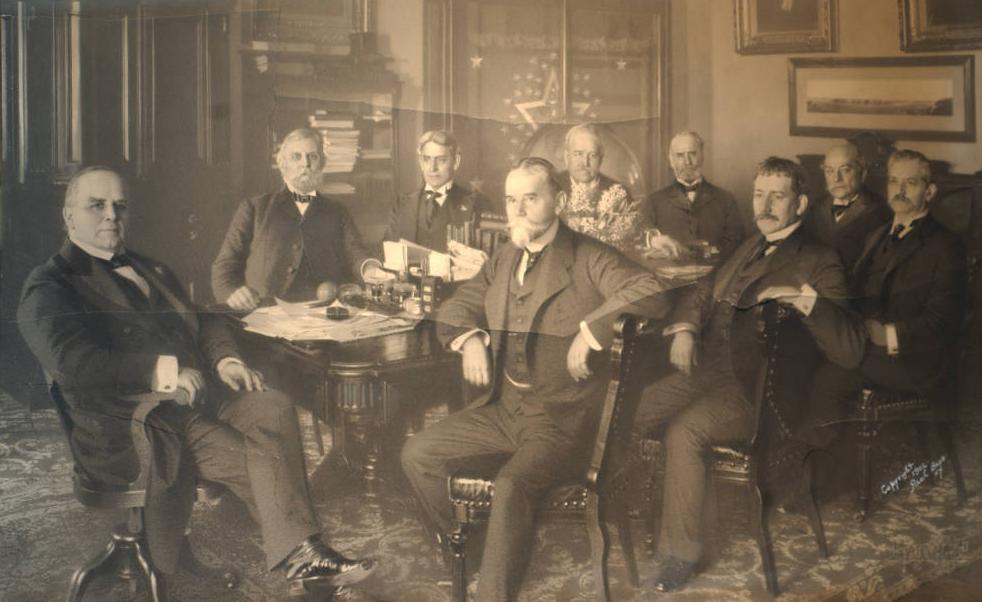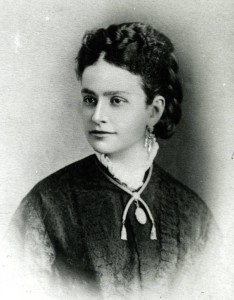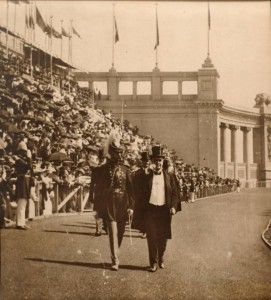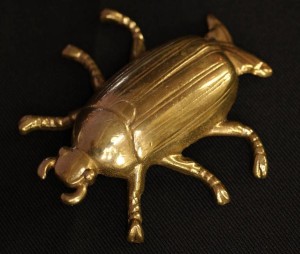William McKinley: This Man of the People

On September 6, 1901, William McKinley was shot inside of New York’s Temple of Music by anarchist Leon Czolgosz. McKinley died just over a week later from his wounds, and Czolgosz was put to death forty-five days later.

McKinley was born in Niles, Ohio, in 1843, the seventh of nine children born to William and Anna McKinley. In 1861, at the age of 18, he joined thousands of other Ohioans when the call to fight for the Union was put forth by President Lincoln and Ohio Governor William Dennison. An early meeting with Rutherford B. Hayes led to a friendship that lasted until Hayes’ death. After the war, McKinley returned to Ohio and entered into law practice. Success followed, and McKinley soon found himself entering into politics, supported by Hayes and by his wife, Ida Saxton McKinley. McKinley served three terms in Congress as a Representative from Ohio, then was elected Governor and held office from 1892 to 1896. It was during his gubernatorial term that he ran for, and was elected to, the office of President of the United States.
Hallmarks of McKinley’s presidency include the Spanish-American War and imperialism, civil rights, and tariff reform. As to the war, McKinley put forth great effort to avoid fighting against Spain, relenting only after the explosion of the USS Maine, which, though most likely caused by a faulty boiler on the ship, was attributed to a Spanish mine. Opposed to lynching, McKinley brought hope to African Americans seeking equality; unfortunately, it has been said that McKinley lacked the vision to facilitate racial equality in America.
McKinley was a proponent of high tariffs, which would increase profitability for domestic industries and employment for American workers. This support led to the Dingley Tariff Act, which increased tariffs on wool, sugar, and luxury goods, and was the highest protective tariff in American history. Due to his support of the Dingley Act, McKinley was known as a friend to organized labor and to American businesses.

This reputation, however, was not sufficient to halt the plans of Leon Czolgosz to assassinate the president. Czolgosz, inspired by anarchist Emma Goldman, was convinced that McKinley was the enemy of the common man and represented the economic inequality that he saw as a hallmark of capitalism. Hoping to make a name for himself by assassinating the president, he traveled to the Pan-American Exposition in Buffalo, New York, and waited in a reception line until, eventually, he reached McKinley. With his gun concealed by bandages, he shot the president twice. Czolgosz was immediately captured by onlookers who may well have killed him if not for McKinley’s request that the crowd not harm him.
McKinley died of his wounds on September 14, 1901. Czolgosz was found guilty of having murdered the president and was put to death in the electric chair on October 29 of that same year. Pains were taken to ensure that Czolgosz’ remains would decompose rapidly so that they would not be met with foul play. McKinley, meanwhile, was temporarily interred at West Lawn Cemetery in Canton, and was then moved when construction of his memorial was completed six years later.

Ohio Memory holds a number of items pertaining to McKinley. Our McKinley collection includes photographs, two letters to his wife, memorial pieces, and a portion of his Civil War diary. A pair of slippers, crocheted by Mrs. McKinley, is also available for viewing, as is a print of McKinley with his boyhood friends, reproduced from a daguerreotype dated approximately 1861. We hope you enjoy viewing these items as much as we enjoy sharing them with you!
Thank you to Shannon Kupfer, Digital/Tangible Media Cataloger at theState Library of Ohio, for this week’s post!



Leave a Reply
You must be logged in to post a comment.